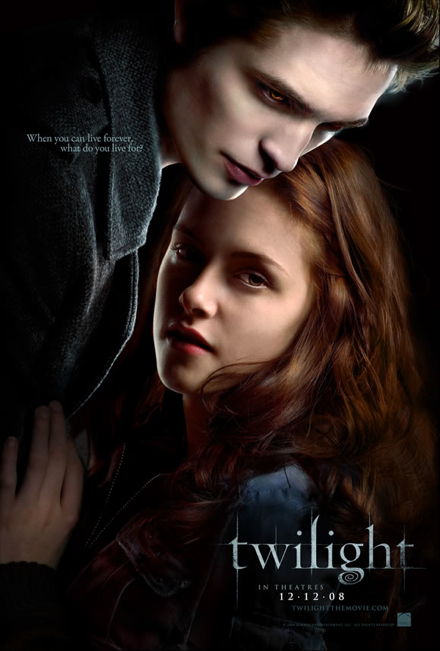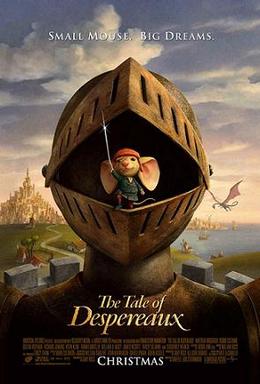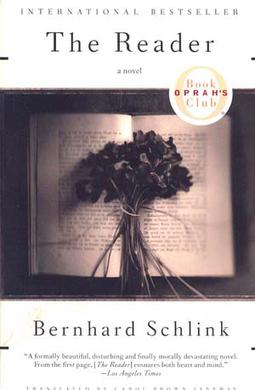Holiday film season is here! In my weekend ritual of cruising the New York Times online, I have come across so many reviews for movies based on popular books.
So my question for the book club is:
-Which ones will you go see?
-Have you read the books?

 Twilight
TwilightSo I remember Tiff's previous post about the Twilight series, and I had never heard of the books before she mentioned them. But now there is apparently a movie, and it has definitely sparked my interest in wanting to read the book, or at least see the movie (if it ever makes its way to Hong Kong)
Opens November 21, 2008


Revolutionary RoadHave any of you read this Richard Yates classic? It's on my To-Read List, hope I can finish it before seeing the film! Kate Winslet and Leo reunited! Woohoo!
Opens December 26, 2008

 The Tale of Despereaux
The Tale of DespereauxA great modern children's book by Kate DiCamillo (also wrote
Because of Winn-Dixie) . The animation and art direction look really great. I love the book's full title:
The Tale of Despereaux: Being the Story of a Mouse, a Princess, Some Soup, and a Spool of Thread. I think that about sums up the plot!
Opens December 19, 2008

 The Reader
The ReaderI read this book back in NYU days, I really enjoyed it, and too bad I wasn't in a book club back then to talk about it. Would definitely recommend reading the book. The film's director previously directed the film adaptation of The Hours, which I personally feel is one of the best book to film adaptations I have ever seen. I hope he does equally great work on this film adaptation.
Opens December 10, 2008

 The Curious Case of Benjamin Button
The Curious Case of Benjamin ButtonAnyone read F. Scott Fitzgerald's original short story? There was also a similar book that I saw at Barnes and Noble called The Confessions of Max Tivoli that I had wanted to read before hearing about the Benjamin Button movie. I'm not sure how different MT and BB are. I believe MT was also based off Fitzgerald's short.
http://www.newyorker.com/archive/2004/01/26/040126crbo_books
Opens December 25, 2008













